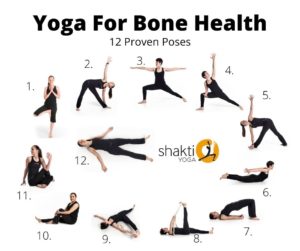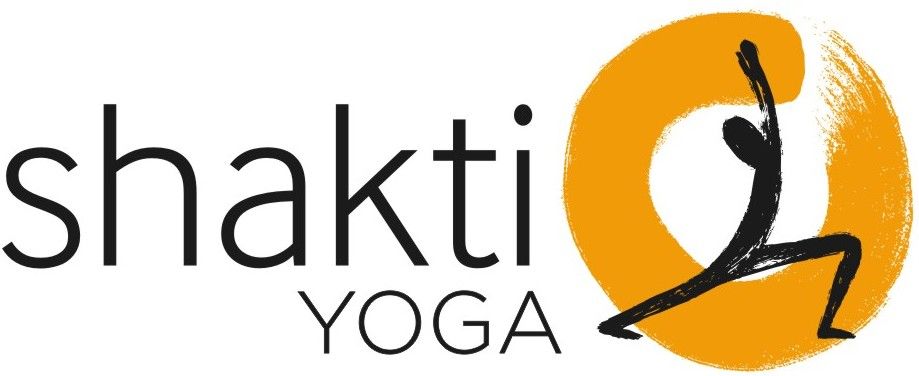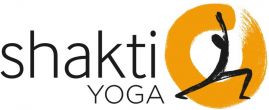Want Stronger Bones? Do Yoga!
 Feeling great is reason enough to do yoga, but happily this activity also comes with myriad proven health benefits.1 One of these is bone health. Yoga poses strengthen muscles. This puts stress on bones which stimulates extra calcium deposits, and enhances the action of bone-forming cells. The result is stronger denser bones.
Feeling great is reason enough to do yoga, but happily this activity also comes with myriad proven health benefits.1 One of these is bone health. Yoga poses strengthen muscles. This puts stress on bones which stimulates extra calcium deposits, and enhances the action of bone-forming cells. The result is stronger denser bones.
Maintaining bone health is important for every stage of life, however the older you are the more important it is to take part in activities that keep bones strong. Both men and women experience lower bone density as they age. After 50 over 55% have low bone density.2 Women have the added impact of lowering estrogen levels which impact on bone density.
Standing yoga poses like Warrior one and two strengthen the legs and hips. Upper body weight bearing poses like Downward Dog and others impact on the muscles and bones of the wrists, arms and shoulders. Back bends like Cobra and Locust pose are accessible to most and impact on the bones of the spine. An additional benefit of yoga is the balance and co-ordination that it develops. This helps prevent falls that may be the cause of fractures, especially in older adults.
Ideally we do yoga to prevent bone loss but what if you have already experienced bone density loss? Can yoga help you regain it? Studies indicate that it can. One such study found that 12 minutes of yoga daily can reverse bone loss, specifically in the spine and femurs.3 Another study demonstrated that yoga can effectively build bone mineral density after menopause.4 These benefits did not require rigorous training. Both studies had participants hold ten to twelve common yoga poses for about 30 seconds each daily. This means that you can maintain or improve the health of your bones with less than 15 minutes of yoga daily.
I have also personally had students with bone loss connect with me after finding their bone density had increased after starting our yoga sessions. Here is a letter I received from a student in my hatha yoga class
Hi Bobby, My tests have shown that my bone density has increased at an amazing rate since I started yoga. I don’t know if it is coincidence as there are other factors to consider but my results have moved from osteopenia to normal in my hip, and from osteoporosis to osteopenic in my spine. I have had 4 bone density scans in my life and this recent improvement was considered drastic! My doctor described my results as stark improvement!
-Carol T, St. John’s Yoga Practitioner
If you would like to try the poses used in the study above for yourself follow the list provided below.
1.Tree 2. Triangle 3. Warrior Two 4. Side Angle 5. Twisted Triangle 6. Locust Pose 7. Bridge 8. Lying hand to foot 9. Lying hand to foot with Foot to side 10. Seated twist (One leg straight) 11. Seated twist (both legs bent) 12. Corpse pose
Simply hold each pose for 30 seconds as you continue to take deep breaths. Pause for a few seconds and then move on to the next pose. Use blocks if needed to ensure poses are comfortable as you hold. If you would like to join a class for motivation, or to be sure you are aligning correctly in the poses contact me at Bobby@ShaktiYoga.ca.











